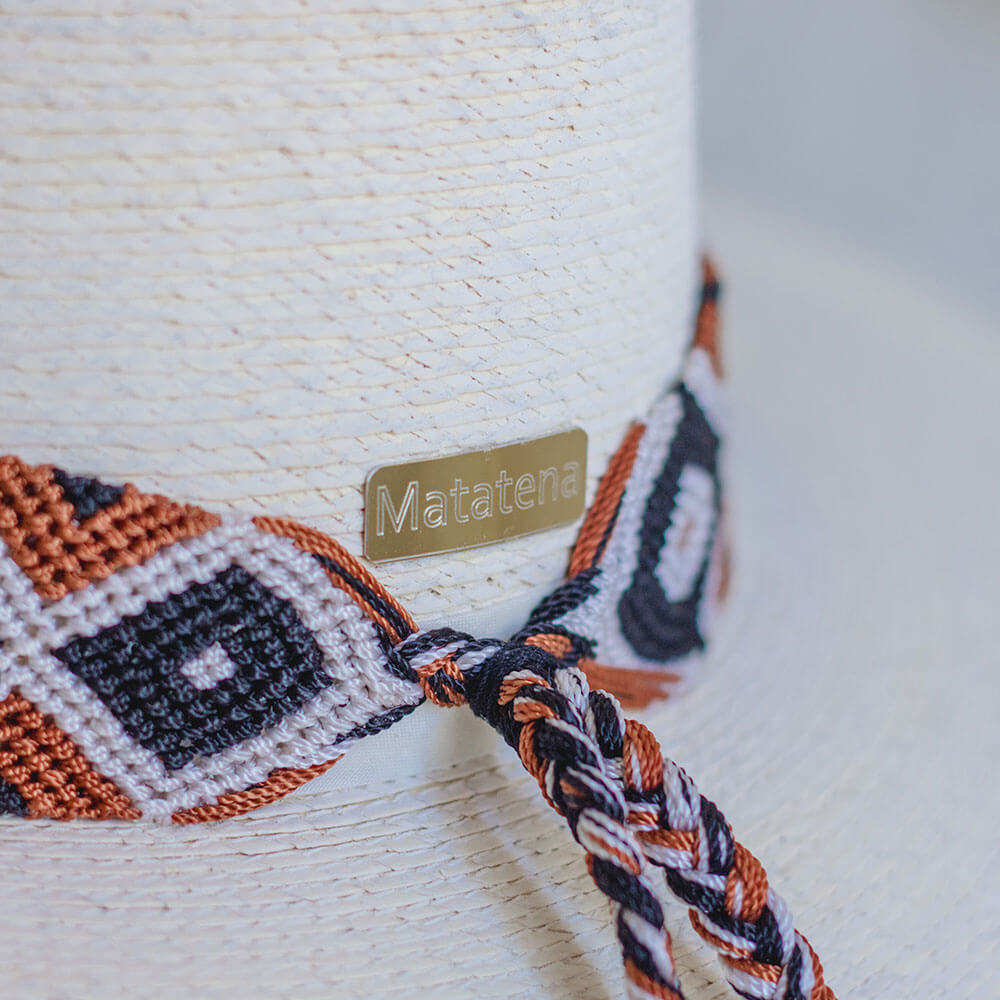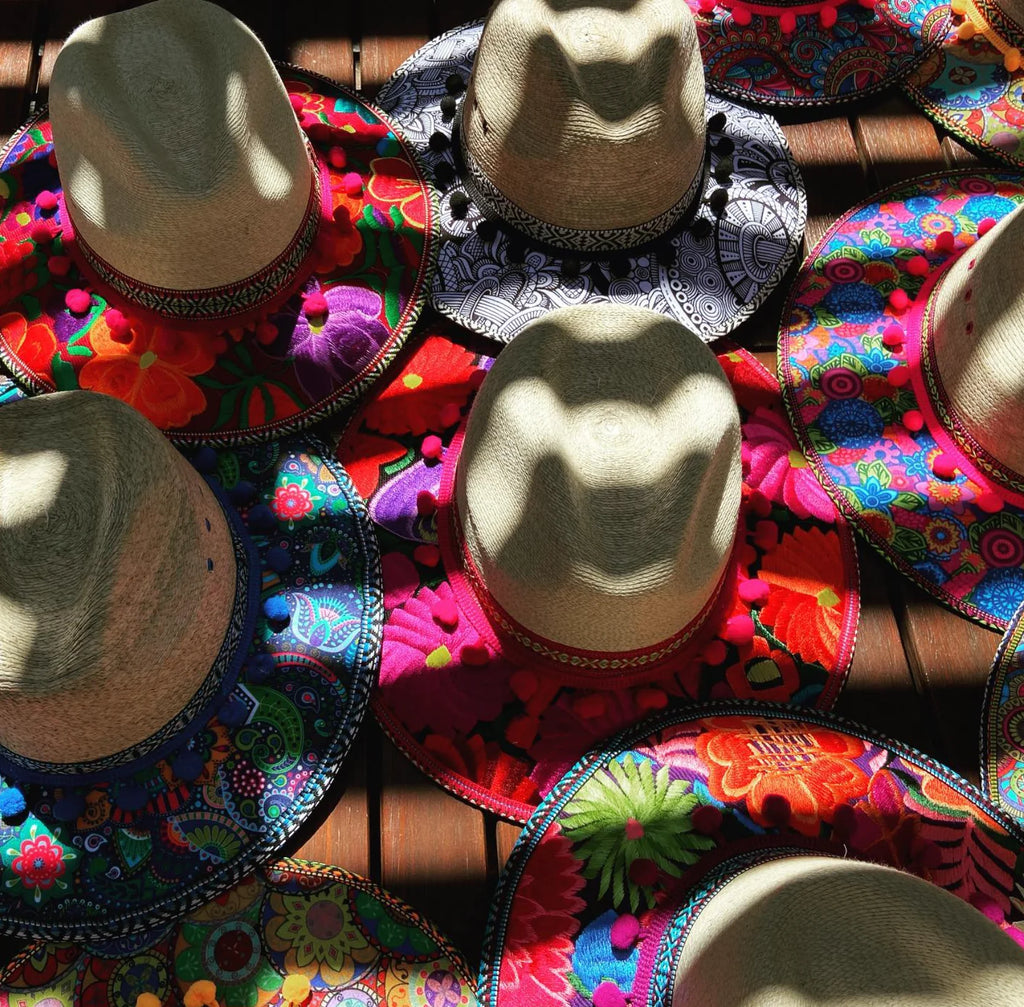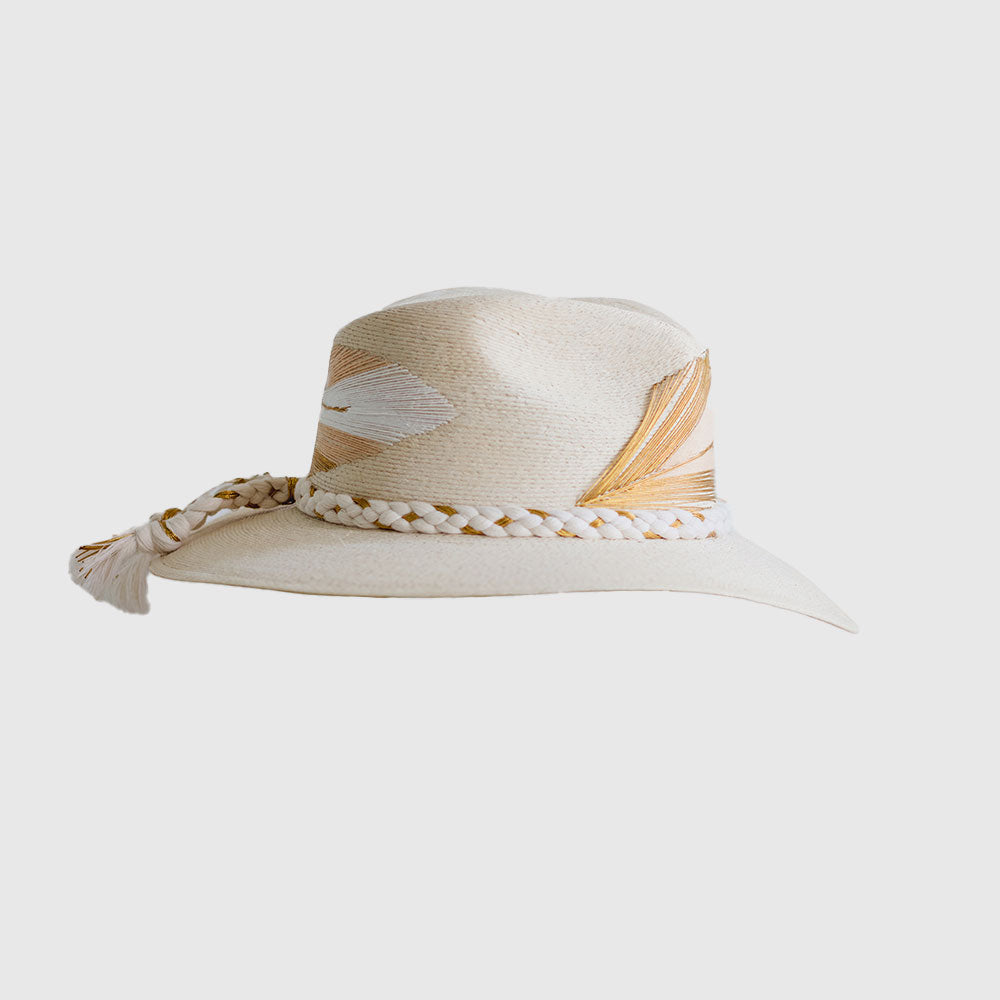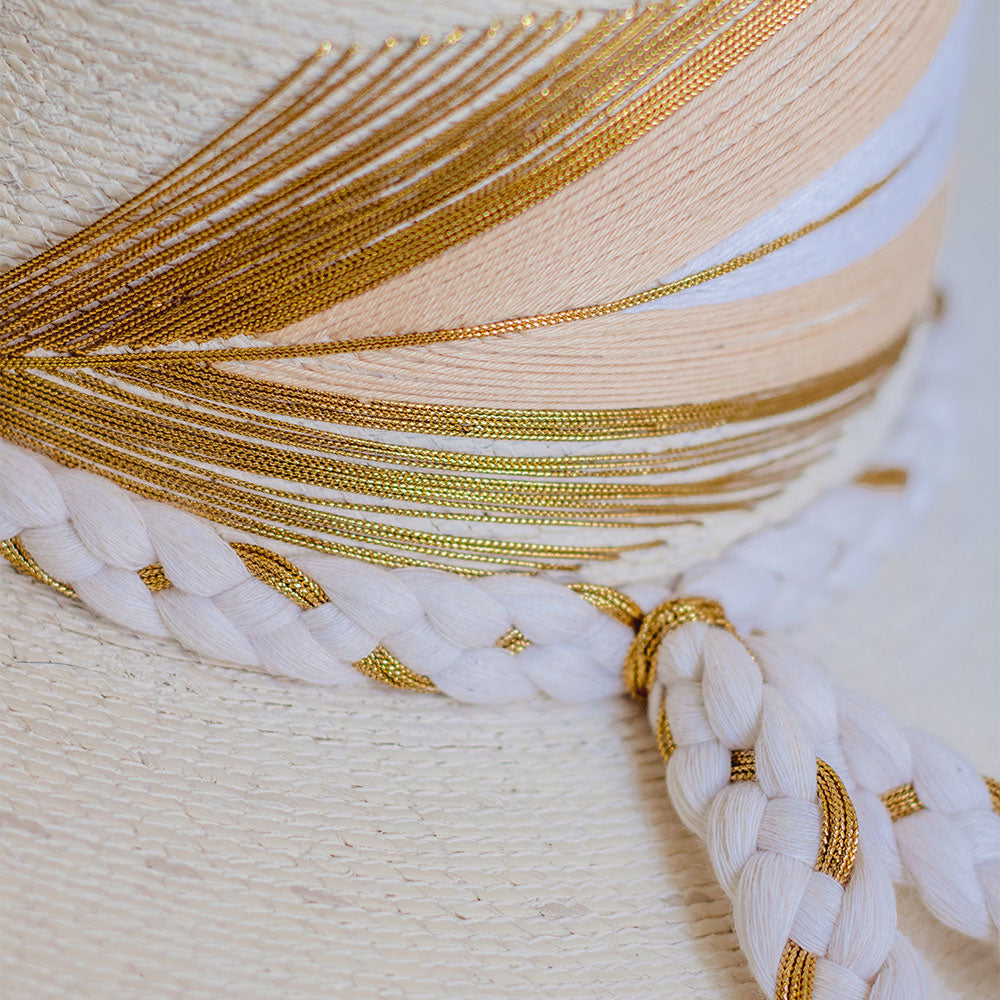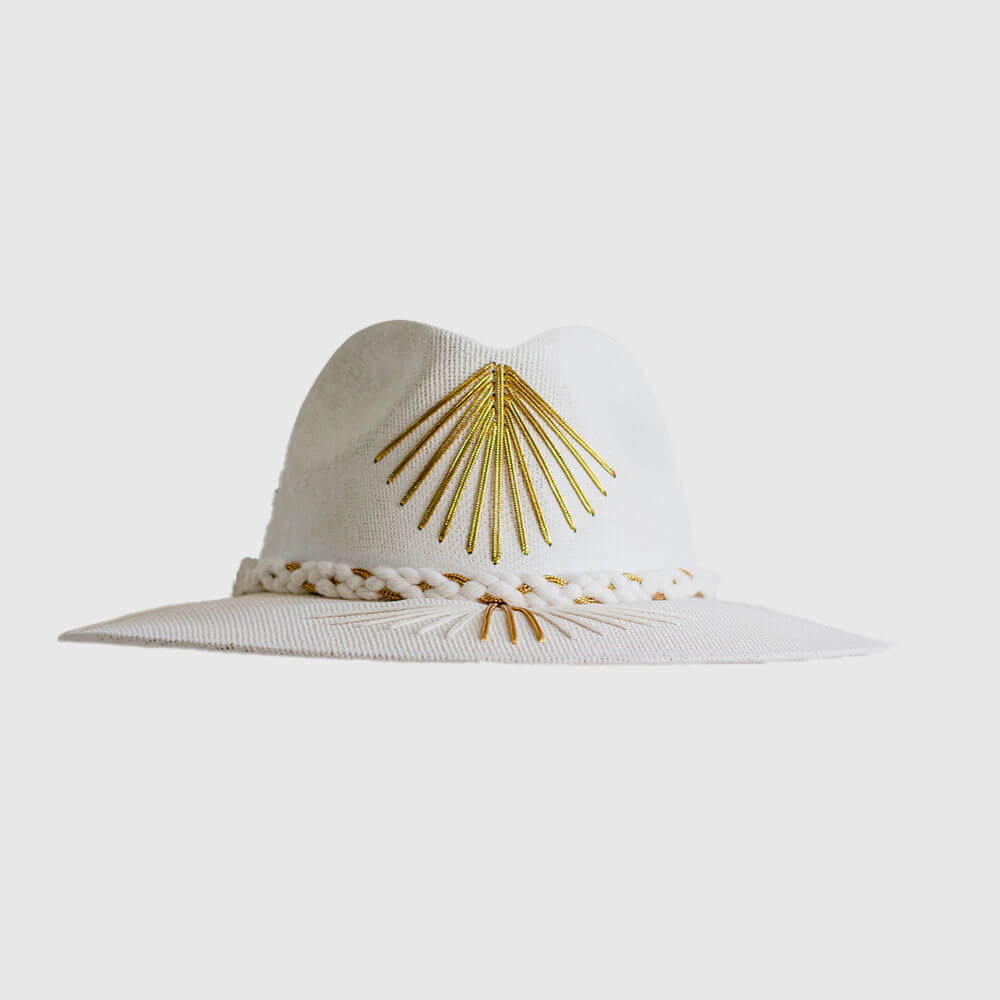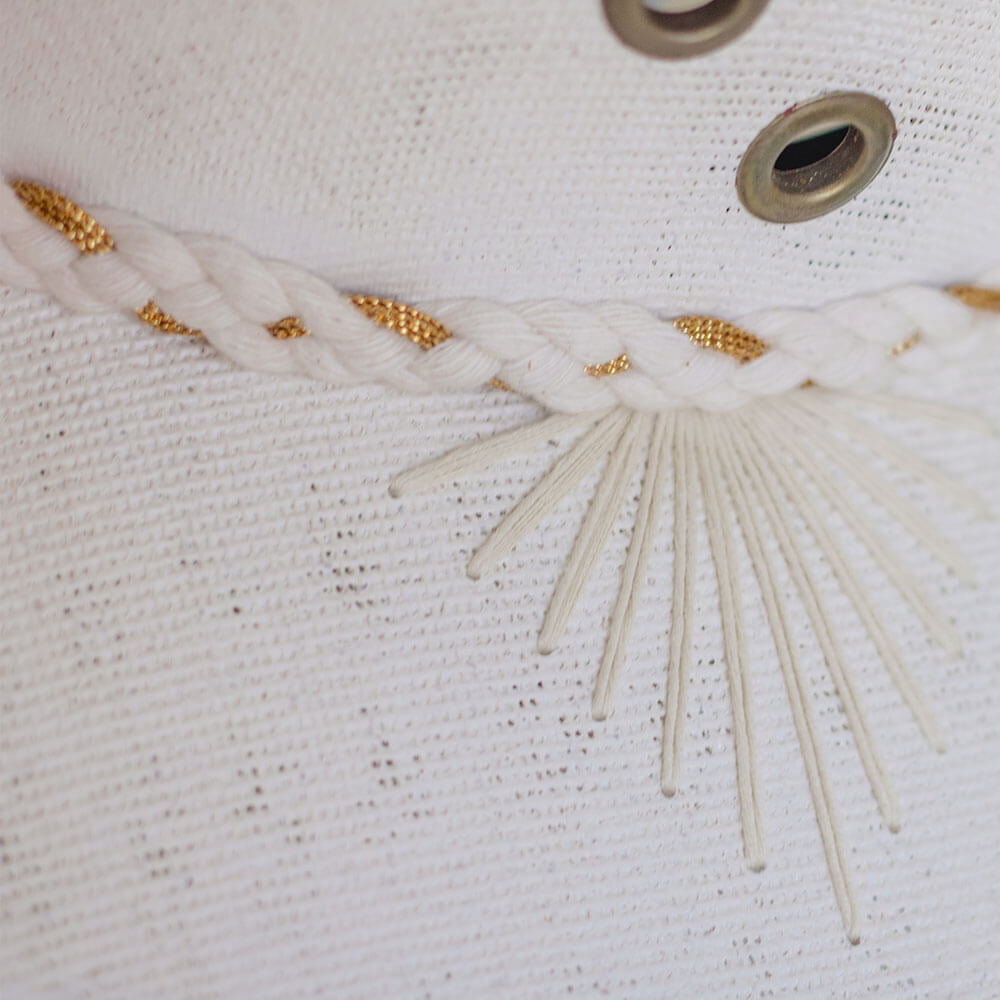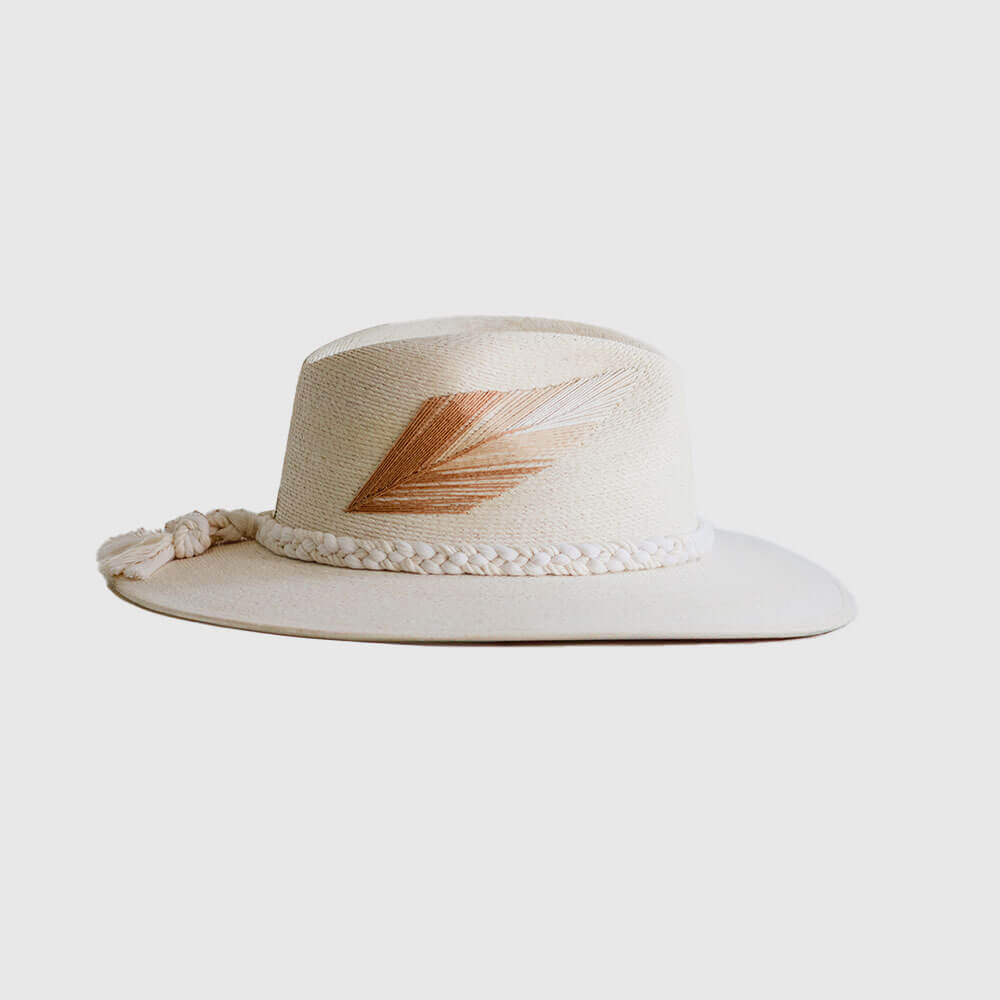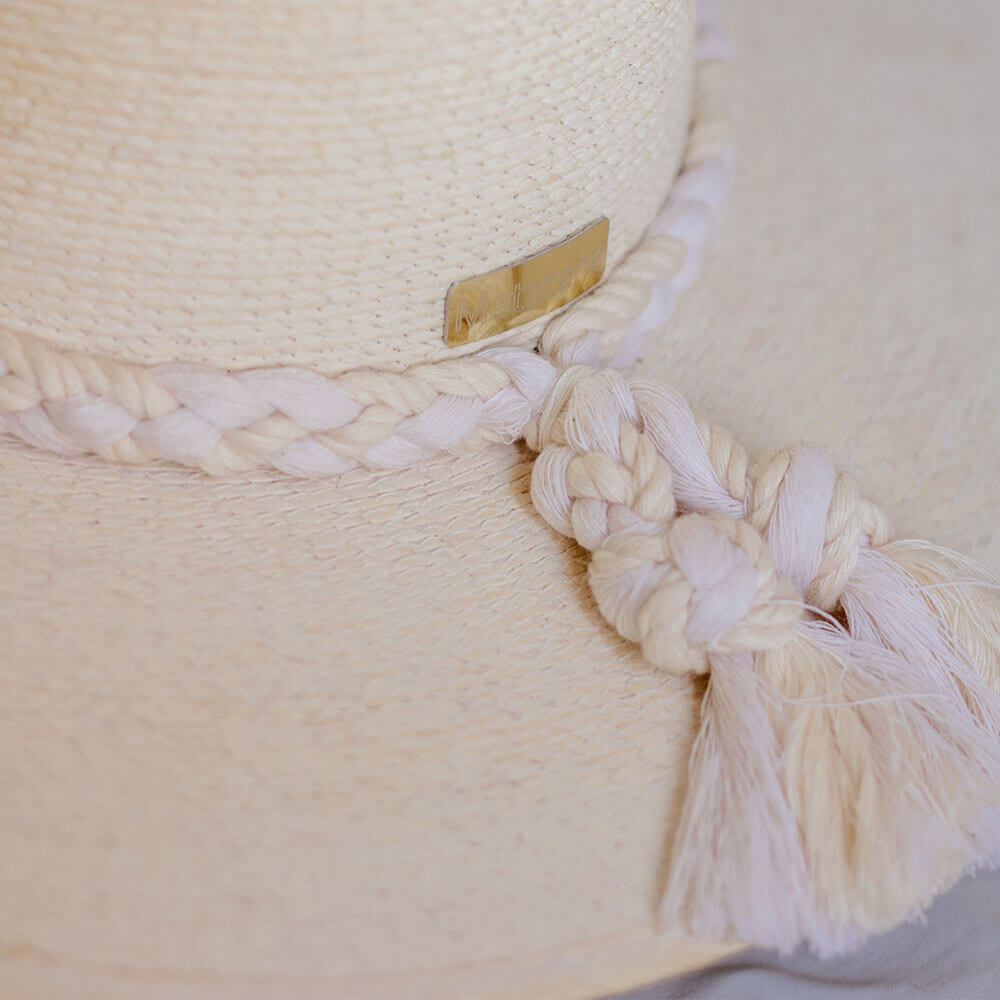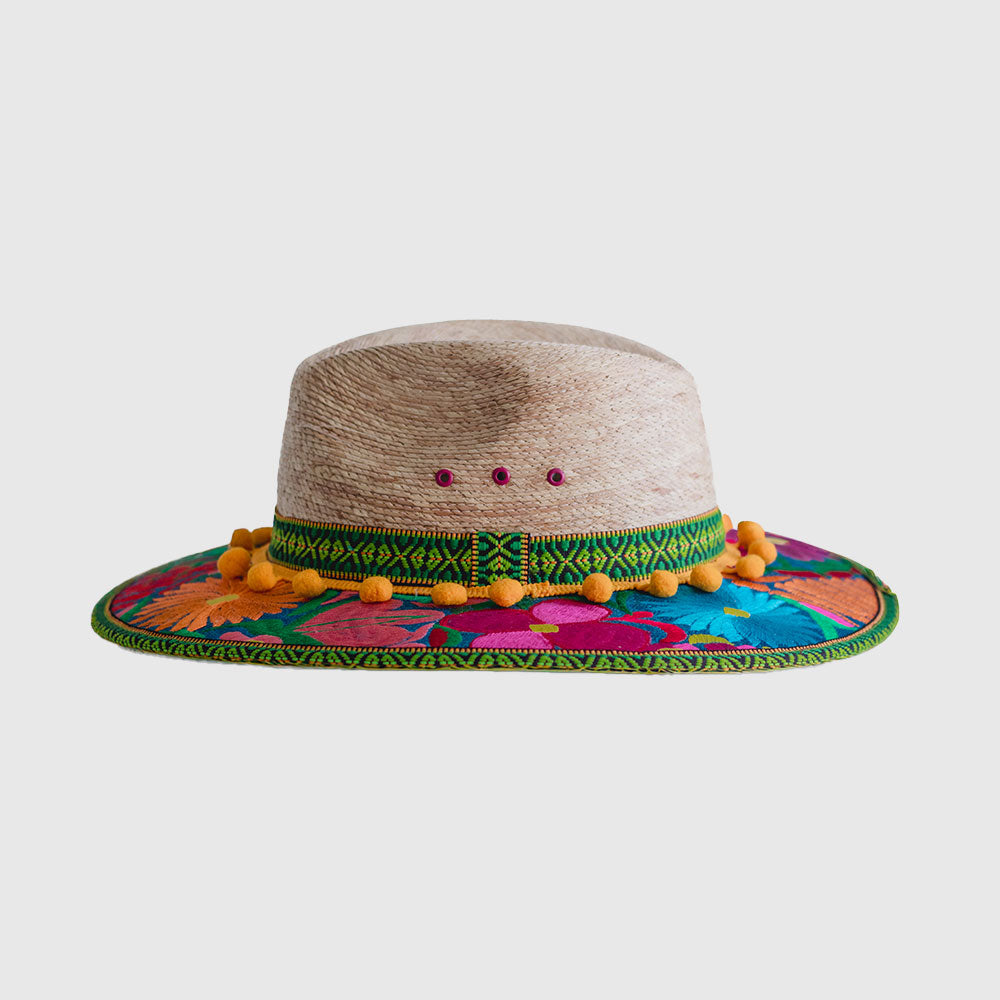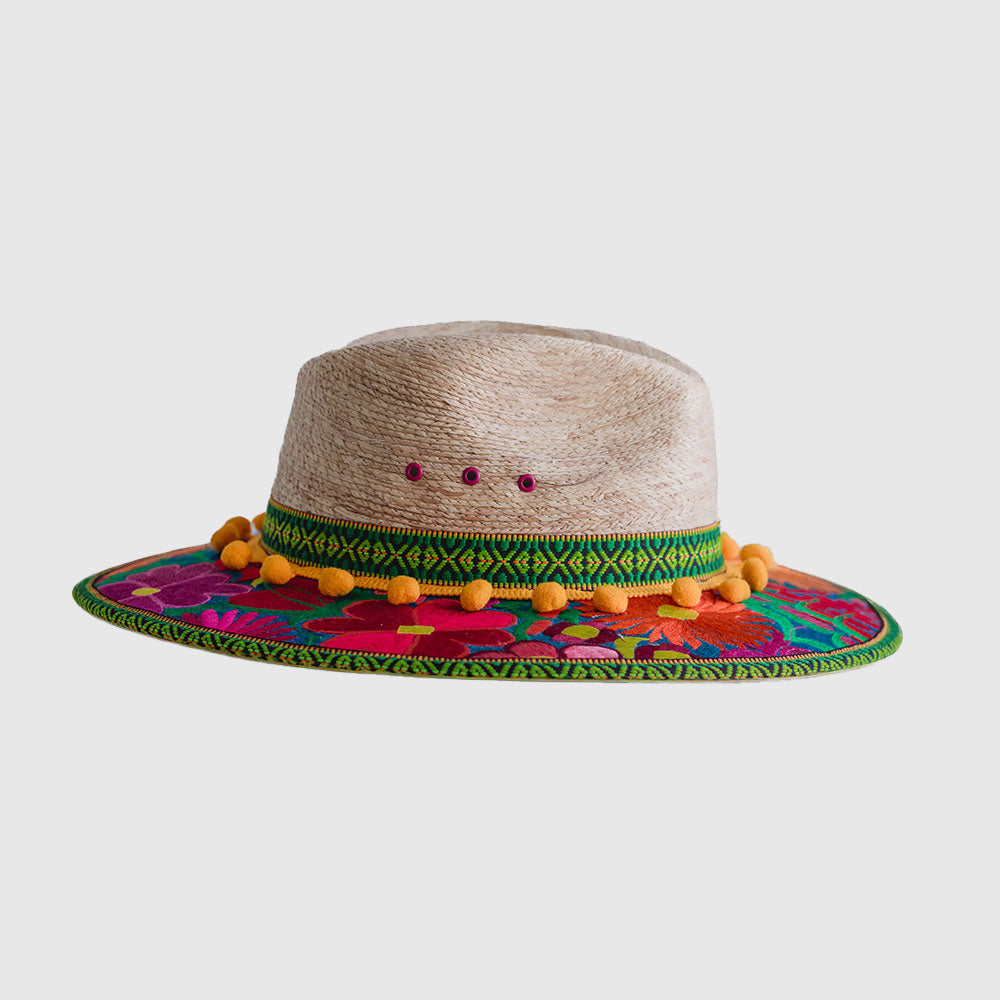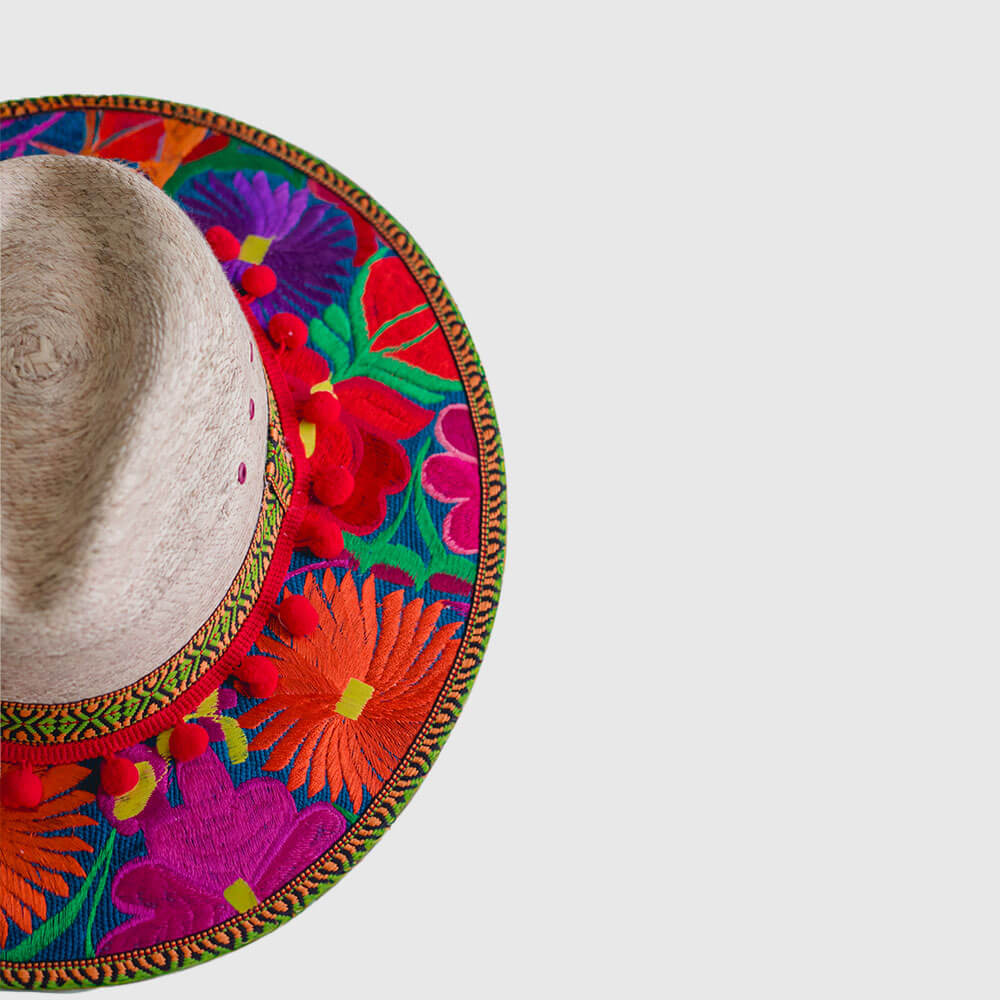
The Intriguing Language of Hat Etiquette

Hats have long been a symbol of style and sophistication, but did you know that they also carry a language of their own when it comes to etiquette? Throughout history, the rules and customs surrounding hat-wearing have been a fascinating part of social interactions, reflecting the wearer's status, intentions, and even mood.
The Basics of Hat Etiquette
Hat etiquette has been a crucial aspect of fashion and social decorum, especially during the 19th and early 20th centuries. Whether you were attending a social event, going to church, or simply walking down the street, how you wore your hat conveyed a lot about your intentions and social standing.
One of the fundamental rules was to remove your hat when indoors. Wearing a hat indoors was considered impolite and a sign of disrespect. The practice of doffing one's hat as a sign of respect to superiors or as a polite greeting was also common. Men often tipped their hats to women, and people would raise their hats when greeting someone of higher social status.
Hat Styles and Their Meanings
Different hat styles held various connotations, and their choice could communicate a lot about the wearer. For instance:
-
Top Hats: The top hat was a symbol of wealth and power, often associated with the upper class and formal occasions. It was considered impolite to wear a top hat when it wasn't warranted by the occasion.
-
Bonnet: In the Victorian era, women's bonnets played a crucial role in their social interactions. The size and style of a woman's bonnet often indicated her marital status, with larger bonnets suggesting that a woman was married.
-
Cloche Hat: Popular in the 1920s, the cloche hat was a symbol of modernity and women's liberation. It signified a break from traditional, restrictive fashion.
-
Fedoras: The fedora, often worn by men, was a symbol of elegance and sophistication. It was commonly associated with detectives and gangsters in films, adding an air of mystery and intrigue to the wearers.
The Decline of Hat Etiquette
Hat etiquette has seen a significant decline in recent decades. The shift towards more casual attire and the decrease in hat-wearing as a daily accessory have contributed to this change. Today, people rarely wear hats indoors, and many of the customs and meanings associated with hat etiquette have become obsolete.
While hat etiquette may no longer be as prominent as it once was, it remains a fascinating part of fashion history. It provides insight into the complex web of social norms and hierarchies that governed everyday life in the past. Though the rules surrounding hat-wearing have evolved, the symbolic power of hats as fashion statements and accessories persists, allowing individuals to express their style and personality.


